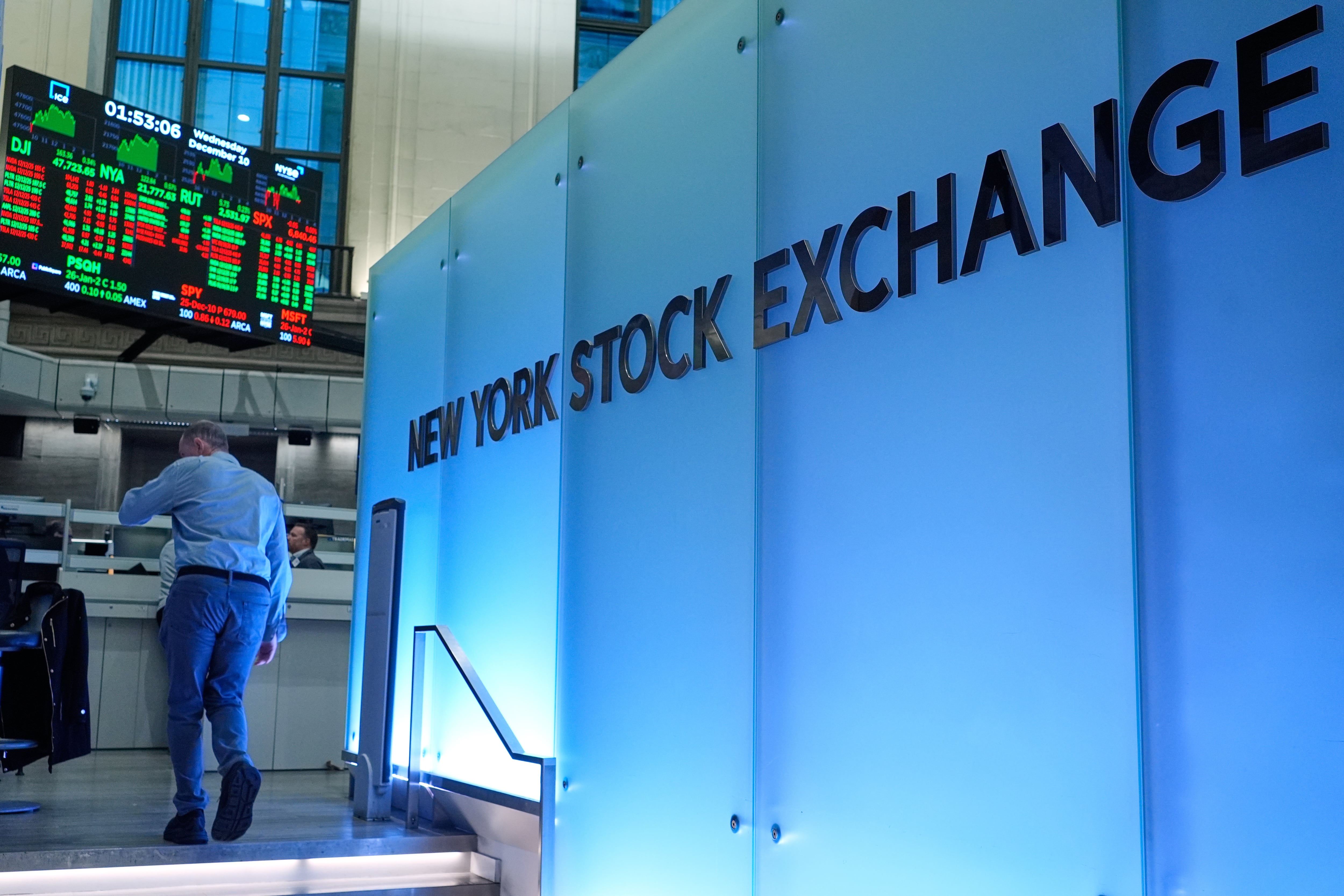WASHINGTON (AP) —
President Donald Trump is hitting foreign steel and aluminum with a 25% tax. If that sounds familiar, it’s because he did pretty much the same thing during his first term.
Trump’s original metals tariffs gave America’s struggling steel and aluminum producers some relief from intense global competition, allowing them to charge higher prices. In anticipation of the new tariffs, shares of steel and aluminum producers climbed Monday. Nucor rose 5.6%, Cleveland-Cliffs jumped 17.9% and Alcoa ticked up 2.2%.
But the tariffs took a toll last time, too, damaging U.S. relations with key allies and driving up costs for “downstream’’ U.S. producers that buy steel and aluminum and use them to manufacture goods.
Timothy Zimmerman is CEO of one of those downstream companies: Mitchell Metal Products in Merrill, Wisconsin. And he still has bad memories of those times.
“We were significantly impacted,’’ he said. “The challenges we faced were unprecedented -- rapid inflationary impacts from domestic steel producers. We saw steel prices rise within a few months about 70% over what they had been ... Our (steel) suppliers simply broke contracts and gave us an option: Take this or take nothing.’’
But Mitchell Metal Products was locked into contracts with its own customers — a wide range of businesses from furniture makers to telecommunications firms -- that didn’t allow it to pass along all or part of the higher cost. His company’s profit margins were squeezed, and it ended up losing business to European rivals that didn’t have to contend with the fallout from Trump’s steel tariffs.
The overall economic impact on the United States was limited then – and is likely to be limited again -- because steel and aluminum imports amount to barely a ripple in the almost $30 trillion U.S. economy.
Still, the new taxes on foreign steel and aluminum and Trump’s other import tax plans – including his promise to raise American tariffs to match those charged by other countries -- are likely “to boost U.S. inflation and weigh on global growth this year,’’ Jennifer McKeown and Hamad Hussain of Capital Economics wrote Monday.
Tariffs would hit American allies — again
The steel and aluminum tariffs would hit U.S. allies. Canada is the No. 1 supplier of foreign steel and aluminum to the United States. Mexico is the No. 3 steel supplier, and Japan and South Korea are also major steel exporters to the U.S.
China is widely seen as source of the world steel industry’s problems. Chinese overproduction has flooded the world with steel and kept prices low, hurting steelmakers in the United States and elsewhere. But the U.S. already uses trade barriers to keep out all but a trickle of Chinese steel. China accounted for less than 2% of U.S. steel imports last year, making it the No. 10 supplier of steel to the U.S., according to the American Iron and Steel Institute, a trade group.
In slapping duties on steel and aluminum nearly seven years ago, Trump reached into the federal government’s tariff toolkit and pulled out Section 232 of the Trade Expansion Act of 1962. Section 232 gives the president the power to impose tariffs on other countries national security grounds.
The 2018 tariffs — 25% on steel and 10% on aluminum — provoked outrage in Canada and Mexico, U.S. neighbors and allies that resented being hit with trade sanctions and labeled as threats to U.S. national security.
The steel and aluminum tariffs also drew retaliation as U.S. trading partners hit back with taxes on U.S. exports from Kentucky bourbon to Levi’s jeans.
Trump's first-term tariffs proved costly
By making foreign steel costlier, the tariffs allowed U.S. steelmakers to raise prices and encouraged them to keep mills running and to invest in new capacity.
But the tariffs hammered downstream businesses like Zimmerman’s that had to pay the higher prices. In 2021, production at downstream companies dropped by nearly $3.5 billion because of the tariffs, canceling out the $2.3 billion uptick in production that year by aluminum producers and steelmakers, according to a 2023 study by the U.S. International Trade Commission, an independent federal agency that investigates trade disputes.
In 2020, researchers from Harvard University and the University of California, Davis, found that the tariffs created 1,000 jobs – but reduced employment elsewhere by 75,000. When the tariffs hit seven years ago, Mitchell Metal Products employed a peak of 102 workers. It had to cut its payrolls by leaving openings unfilled and weeding out some workers. The company now employs about 75 people.
Gary Hufbauer, senior fellow at the Peterson Institute for International Economics, said that Trump’s first-term trade wars, including his tariffs on most Chinese imports, were costly to American industry.
“The net effect of all these tariffs at that time — on China, aluminum, steel, plus retaliation — was to reduce U.S. manufacturing unemployment,’’ he said. “I’m expecting the same thing this time around.’’
The 2018 metals tariffs were partially eased. For some countries, they were dropped. For some, they were replaced with import quotas. On Monday, Trump removed all exceptions and exemptions on the original tariffs and upped the levy on aluminum from 10% to 25%.
Zimmerman is bracing for the new tariffs to hit. “Already last week several large (steel) mills operating in the United States announced price increases in anticipation of the tariffs, not due to increased demand,’’ he said. “I think the domestic producers will work to do the same thing, or very close to the same thing, as what happened in 2018.’’
This time, he said, Mitchell Metal Products will seek to be more pro-active in getting its customers to absorb some of the higher costs. Otherwise, he said, “It’s not a healthy place to be as a company.’’









